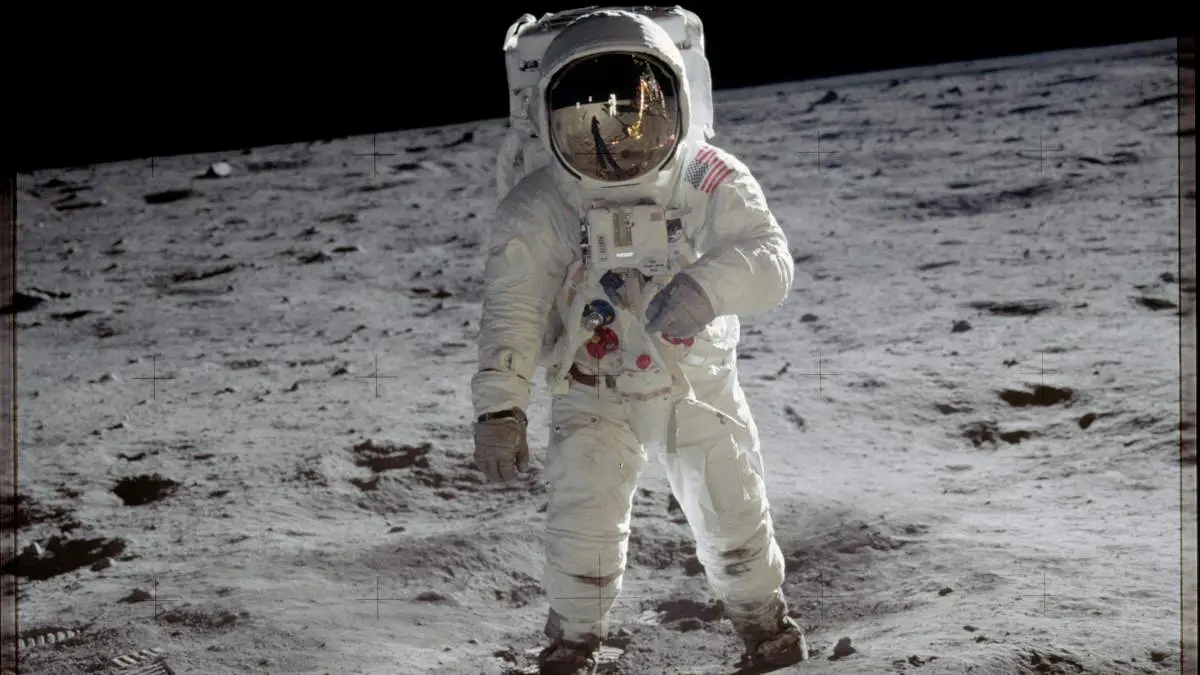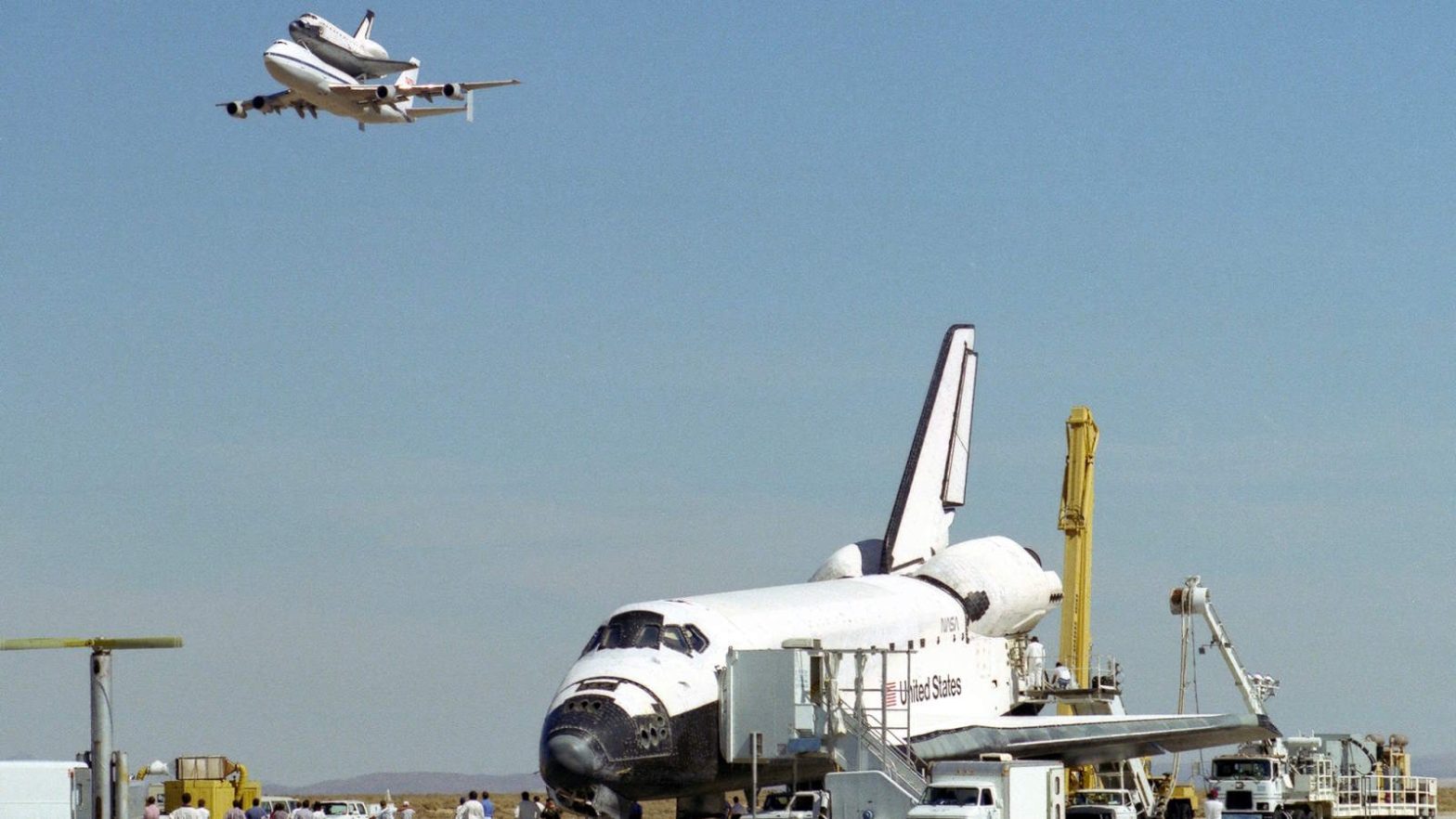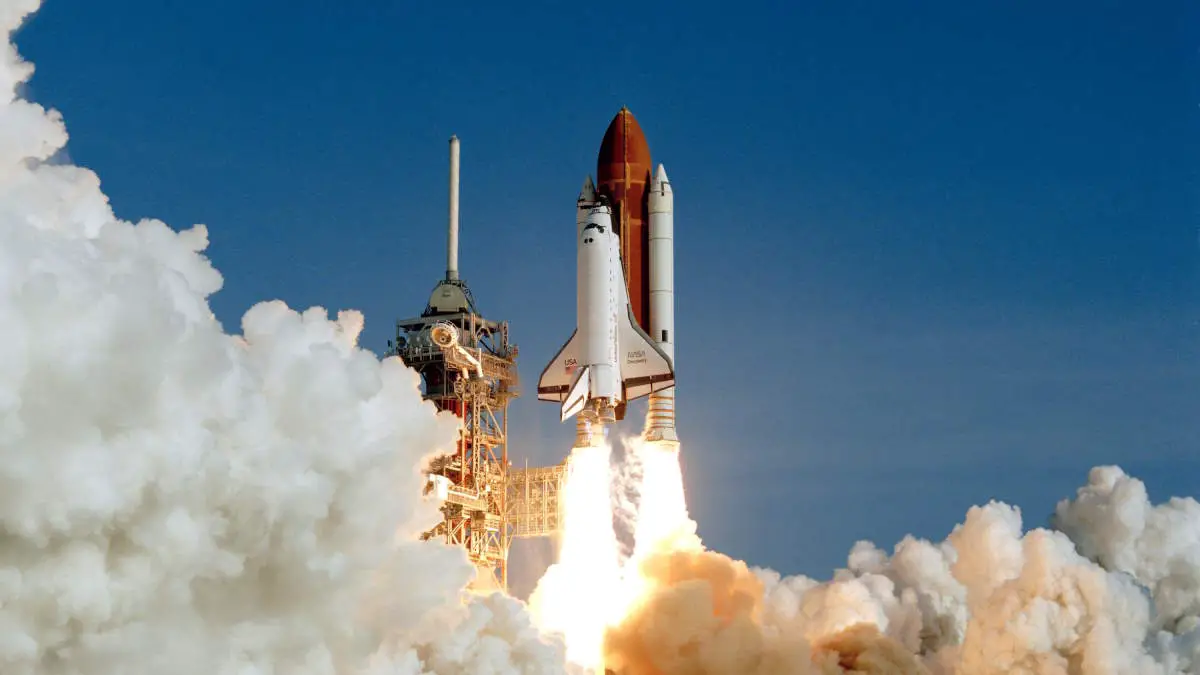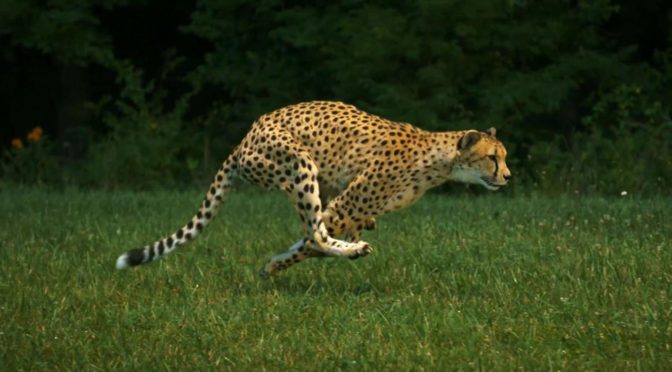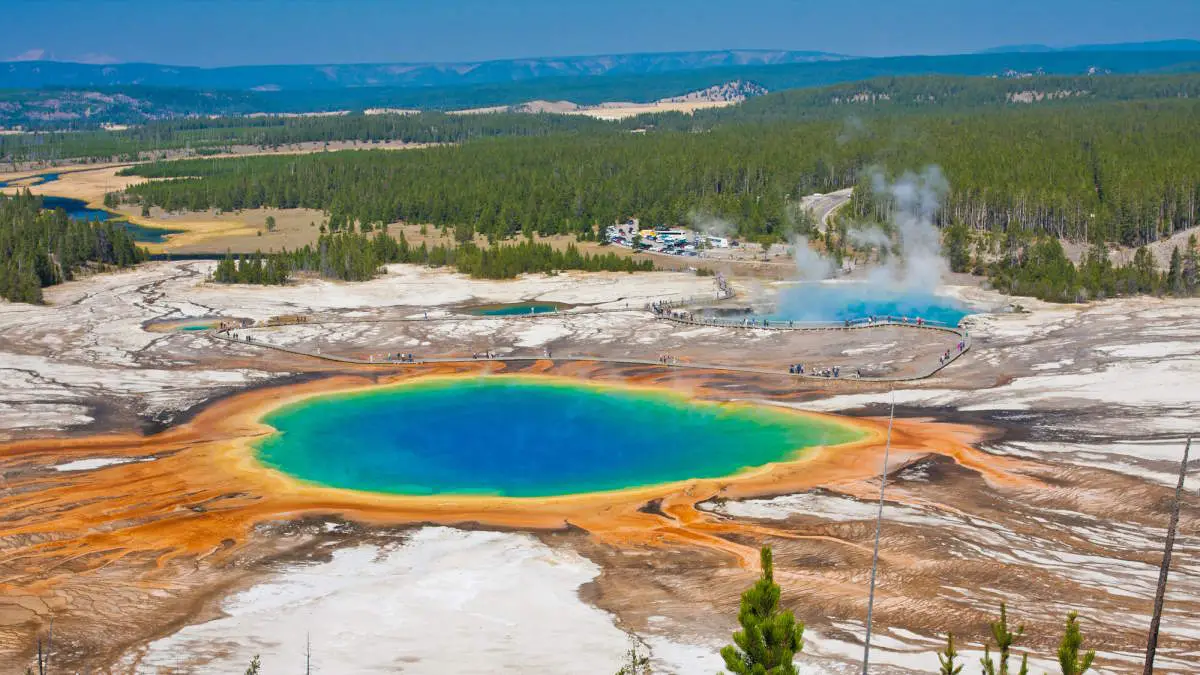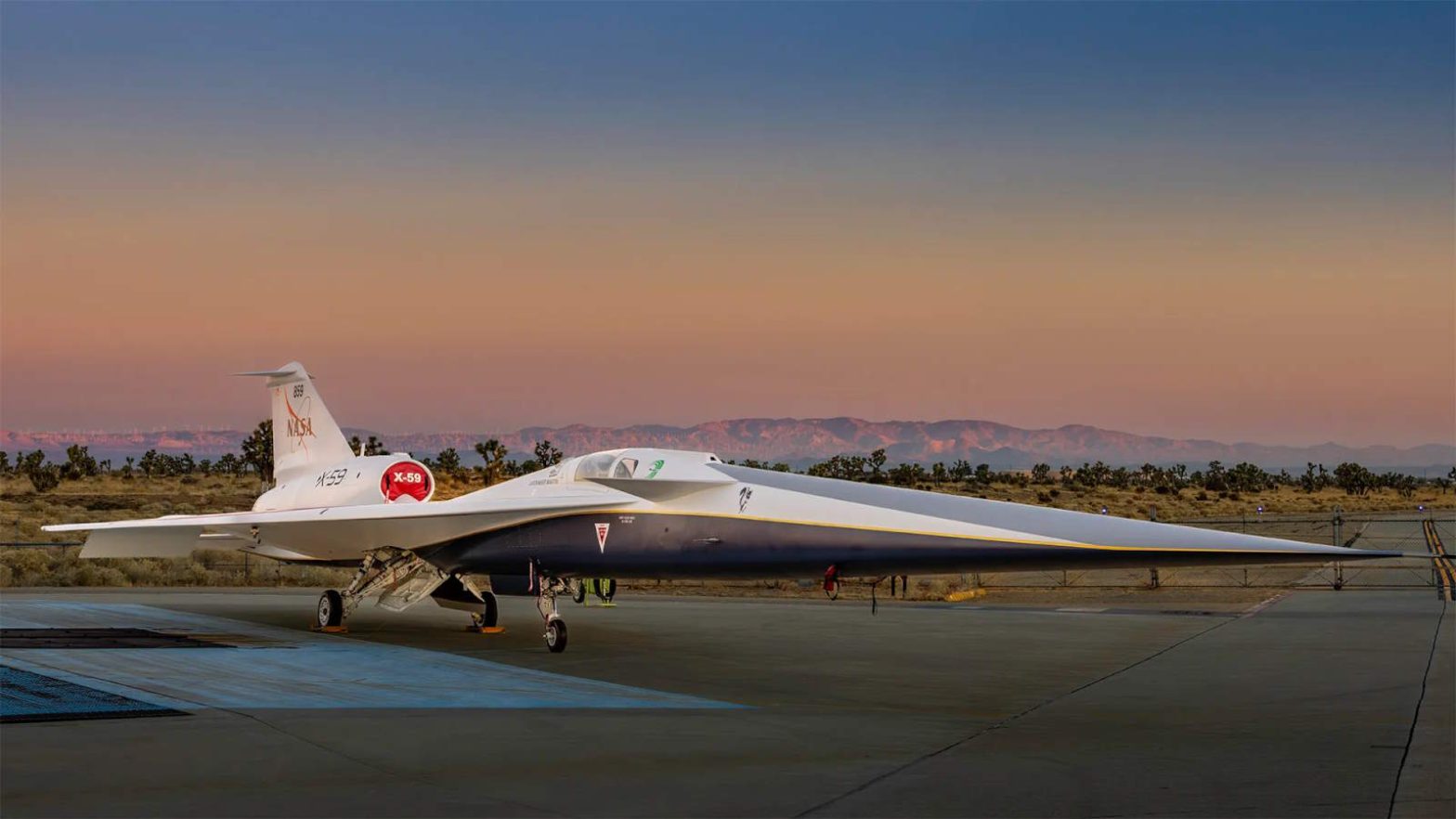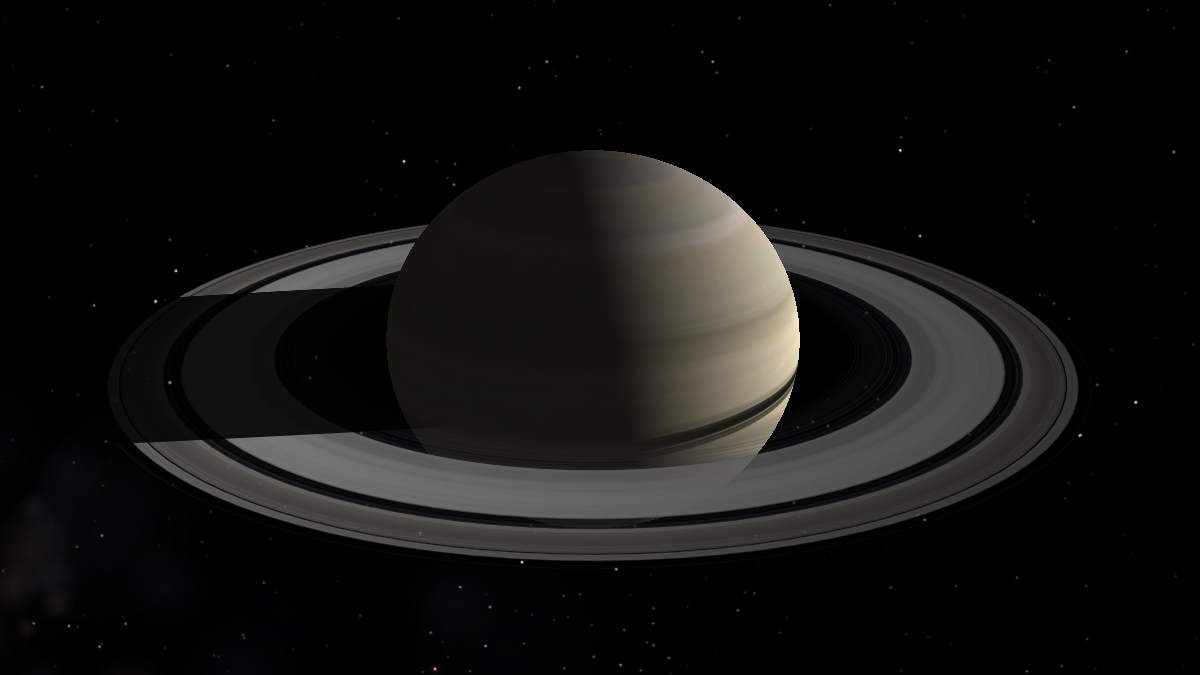Have you ever wondered what is the budget of NASA? Charting the course of human history, the National Aeronautics and Space Administration (NASA) has turned science fiction into reality since its establishment on July 29, 1958. With an array of incredible feats, from Moon landings to Mars rovers, NASA has continually pushed the boundaries of space exploration. This journey hasn’t been without its costs, however, and the exploration of NASA’s annual budget from its inception to the present day offers a compelling insight into the financial fuel behind these momentous accomplishments. Here’s the budget of NASA, year by year between 1958 and 2024.
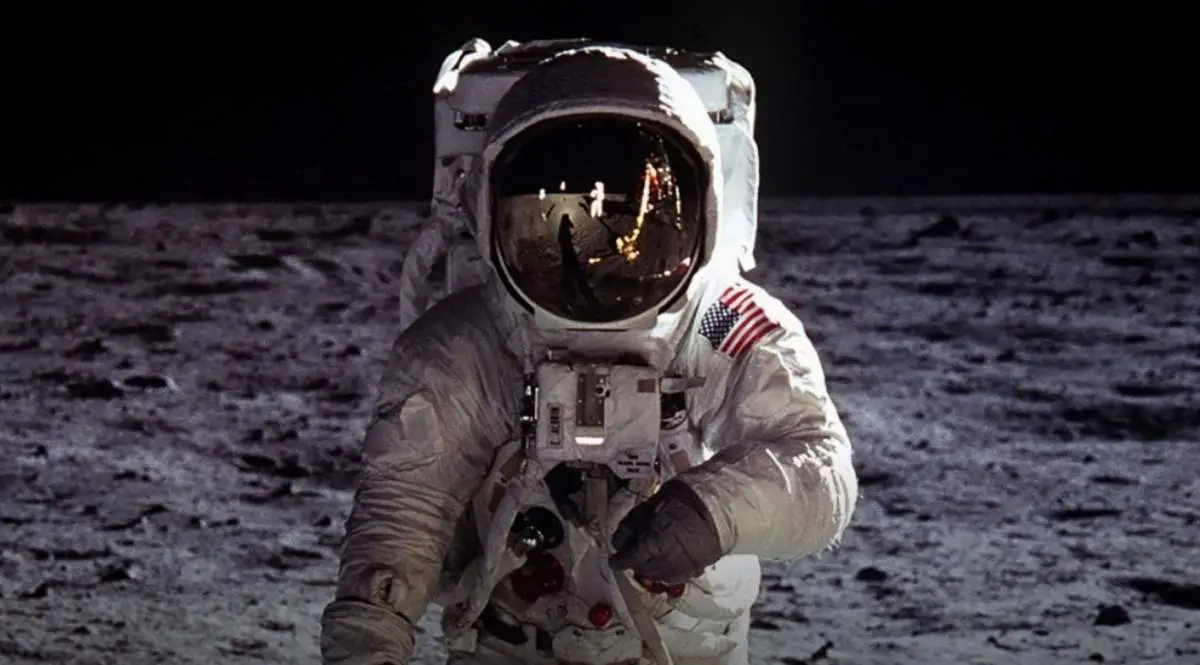
This is the actual photograph as exposed on the moon by Armstrong. He held the camera slightly rotated so that the camera frame did not include the top of Aldrin's portable life support system ("backpack").
A communications antenna mounted on top of the backpack is also cut off in this picture. When the image was released to the public, it was rotated clockwise to restore the astronaut to vertical for a more harmonious composition, and a black area was added above his head to recreate the missing black lunar "sky" (Related: Why there are no stars in space photos?). The edited version is the one most commonly reproduced and known to the public, but the original version, above, is the authentic exposure. This image was cataloged by NASA Headquarters of the United States National Aeronautics and Space Administration (NASA) under Photo ID: AS11-40-5903. Image: Wikipedia
